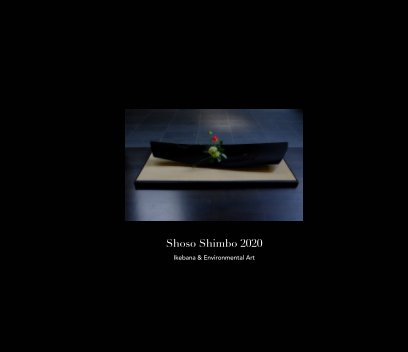In the Muromachi period, Ikebana had two contrasting styles, the official tatehana and popular ikebana. I am assuming that there was a cultural conflict between them. Tatehana belongs to the Yayoi – the aristocrat - Buddhism tradition, while ikebana belongs to the Jomon - samurai - Shinto tradition. Based on this assumption, we now can answer the question: Does ikebana mean to bring flowers back to life or to make flowers live longer?
The answer is former. If the latter was correct, the interpretation is not logical. Both styles of Ikebana are trying to make flowers live longer by supplying water to them and therefore, there is no difference between them. There has to be a contrasting relationship between them.
The former, on the other hand, means that ikebana tries to bring flowers back to life but tatehana is not. It is logical. But what does it mean to make flowers revive? This is more difficult question. We will think about it in following issues.
This is a sample of a bridal bouquet I made recently. The request was to use complementary colours. To achieve dynamic harmony, like Ikebana, I used 3 different sizes of roses and carefully arranged the 2 different colours. We will create any style of bridal bouquets.
My course at RMIT University, Japanese Aesthetics from Ikebana to Contemporary Art will start again in 2015. Please join the course and meet interesting creative students.
http://www.shoso.com.au
https://www.facebook.com/ikebanaaustralia
























